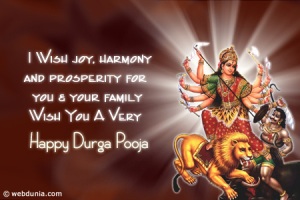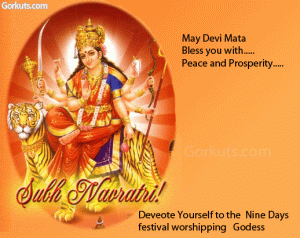Kerala is a land of festivals. Diwali or Deepavali is a five day Hindu festival which occurs on the fifteenth day of Kartika. Deepavali is popularly known as the “festival of lights” and the most significant spiritual meaning is “the awareness of the inner light”. It is said to be an important festival in Hinduism, Jainism, and Sikhism, that occurring between mid-October and mid-November. For Hindus, Diwali is one of the most important festivals of the year and is celebrated in families by performing traditional activities together in their homes.
fifteenth day of Kartika. Deepavali is popularly known as the “festival of lights” and the most significant spiritual meaning is “the awareness of the inner light”. It is said to be an important festival in Hinduism, Jainism, and Sikhism, that occurring between mid-October and mid-November. For Hindus, Diwali is one of the most important festivals of the year and is celebrated in families by performing traditional activities together in their homes.
 The Diwali or Deepavali festival marks the victory of good over evil. The Sanskrit word “Deepavali” means “an array of lights” and signifies the victory of brightness over darkness. Deepavali is the celebration of Inner Light, in particular the knowing of which outshines all darkness or removes all obstacles and dispels all ignorance. Deepavali offers love, and the awareness of the oneness of all things and higher knowledge which brings Ananda or the Inner Joy or Peace. Rangoli is associated with the festival Diwali where both depicts the presence of light in which good take over the evil.Here are some of the best rangoli designs.
The Diwali or Deepavali festival marks the victory of good over evil. The Sanskrit word “Deepavali” means “an array of lights” and signifies the victory of brightness over darkness. Deepavali is the celebration of Inner Light, in particular the knowing of which outshines all darkness or removes all obstacles and dispels all ignorance. Deepavali offers love, and the awareness of the oneness of all things and higher knowledge which brings Ananda or the Inner Joy or Peace. Rangoli is associated with the festival Diwali where both depicts the presence of light in which good take over the evil.Here are some of the best rangoli designs.
Diwali has strong roots with our Indian mythology. The story behind Deepavali varies from region to  region. In North India Diwali is to commemorate the returning of, Lord Shri Rama, his wife Sita and his loyal brother Laxman to Ayodhya after 14 long years of exile. In the Western India Goddess Lakshmi is worshiped and in the Southern India, people rejoice at the defeat of the demon Narakasur by Lord Krishna. The Bengalis used to celebrate Diwali to worship Goddess Durga who successfully vanquished the demon Mahisusara on the very same day thereby saving people a lot of grief.
region. In North India Diwali is to commemorate the returning of, Lord Shri Rama, his wife Sita and his loyal brother Laxman to Ayodhya after 14 long years of exile. In the Western India Goddess Lakshmi is worshiped and in the Southern India, people rejoice at the defeat of the demon Narakasur by Lord Krishna. The Bengalis used to celebrate Diwali to worship Goddess Durga who successfully vanquished the demon Mahisusara on the very same day thereby saving people a lot of grief.
The Diwali festival is celebrated at the end of the rainy season and the beginning of the winter season. For Farmers Diwali is a festival marking the end of one Harvest and the beginning of another and is a festival heralding the beginning of a New Year. So the festival of lighting of lamps is a way of paying obeisance to god for attainment of health, wealth, knowledge, peace, valor and fame.
* In 2011, Diwali will be celebrated on 26th October 2011
































